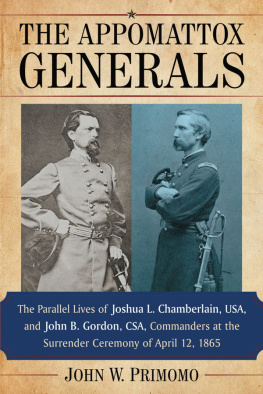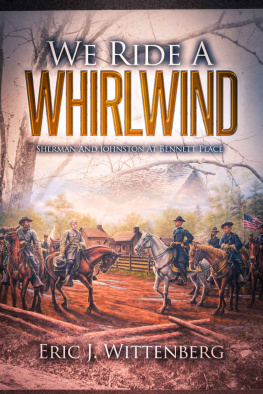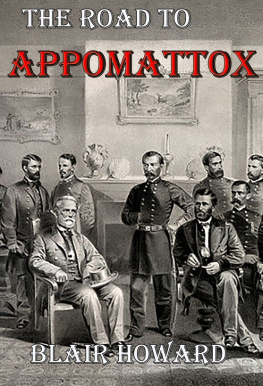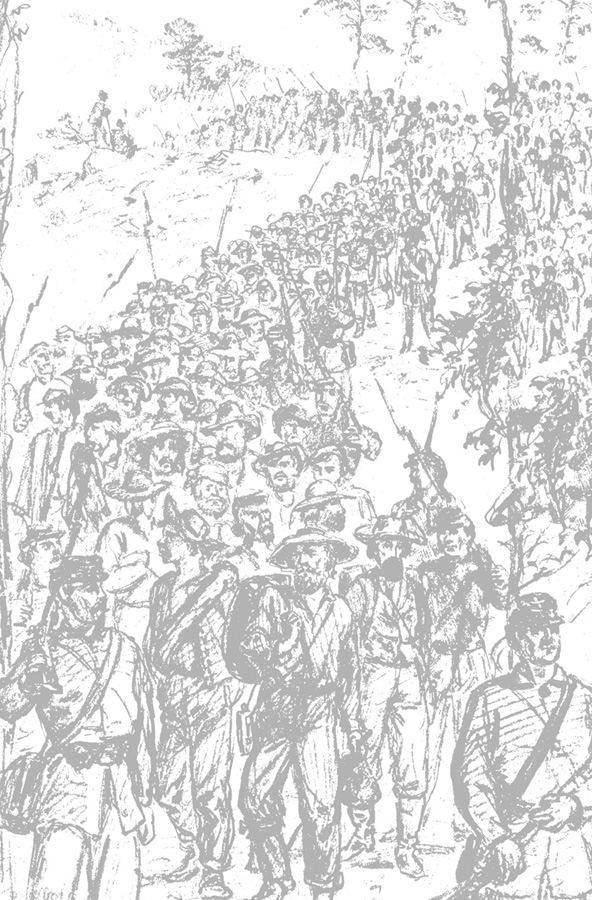ENDS OF WAR
The Unfinished Fight of Lees Army after Appomattox
Caroline E. Janney
THE UNIVERSITY OF NORTH CAROLINA PRESS
Chapel Hill
Published with the assistance of the Fred W. Morrison Fund of the University of North Carolina Press.
2021 Caroline E. Janney
All rights reserved
Designed by Jamison Cockerham
Set in Arno, Scala, Cutright, and Ophir by Tseng Information Systems, Inc.
Jacket illustrations: Front: Rebel Prisoners on Their Way to the Rear, Captured by Gen. Sheriden at Five Forks April 3d, 1865, photograph by Bradys National Photographic Portrait Galleries; front flap: Marching Prisoners over the Mountains to Frederick, M.D., by Alfred R. Waud; back: The Battle of GettysburgPrisoners Belonging to Gen. Longstreets Corps Captured by Union Troops by Edwin Forbes. All courtesy Library of Congress.
Manufactured in the United States of America
The University of North Carolina Press has been a member of the Green Press Initiative since 2003.
LIBRARY OF CONGRESS CATALOGING-IN-PUBLICATION DATA
Names: Janney, Caroline E., author.
Title: Ends of war : the unfinished fight of Lees army after Appomattox / Caroline E. Janney.
Description: Chapel Hill : The University of North Carolina Press, [2021] | Includes bibliographical references and index.
Identifiers: LCCN 2021003641 | ISBN 9781469663371 (cloth ; alk. paper) | ISBN 9781469663388 (ebook)
Subjects: LCSH: Confederate States of America. ArmyDemobilization. | Reconstruction (U.S. history, 18651877) | Social conflictSouthern StatesHistory19th century. | United StatesHistoryCivil War, 18611865Peace. | United StatesPolitics and government18651877.
Classification: LCC E668 .J363 2021 | DDC 973.7/3013dc23
LC record available at https://lccn.loc.gov/2021003641
Portions of this book have appeared in various forms in the following publications: Caroline E. Janney, Free to Go Where We Liked: The Army of Northern Virginia after Appomattox, Journal of the Civil War Era 9, no. 1 (March 2019): 428; and We Were Not Paroled: The Surrenders of Lees Men beyond Appomattox Court House, in Petersburg to Appomattox: The End of the War in Virginia, ed. Caroline E. Janney, vol. 11 of the Military Campaigns of the Civil War series (Chapel Hill: University of North Carolina Press, 2018).
For
CAMPBELL
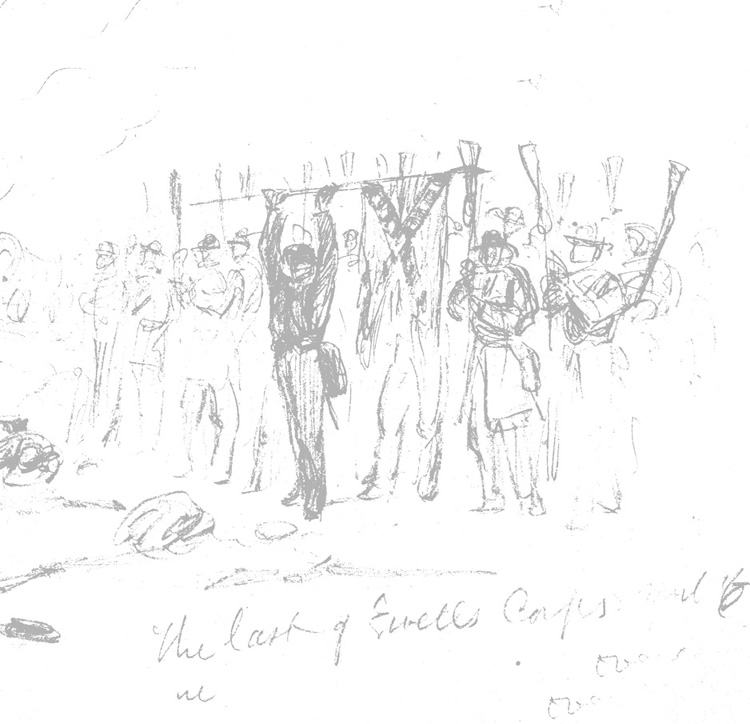
THE END CAME, TECHNICALLY, AT APPOMATTOX.
But of the real difficulties of the war the end was not yet.
The trials and the perils of utter disorganization were still to be endured.
George Cary Eggleston, CSA
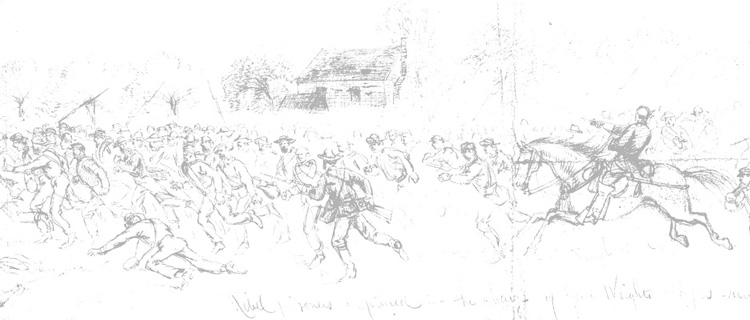
Contents
Figures & Maps
FIGURES
MAPS
ENDS OF WAR
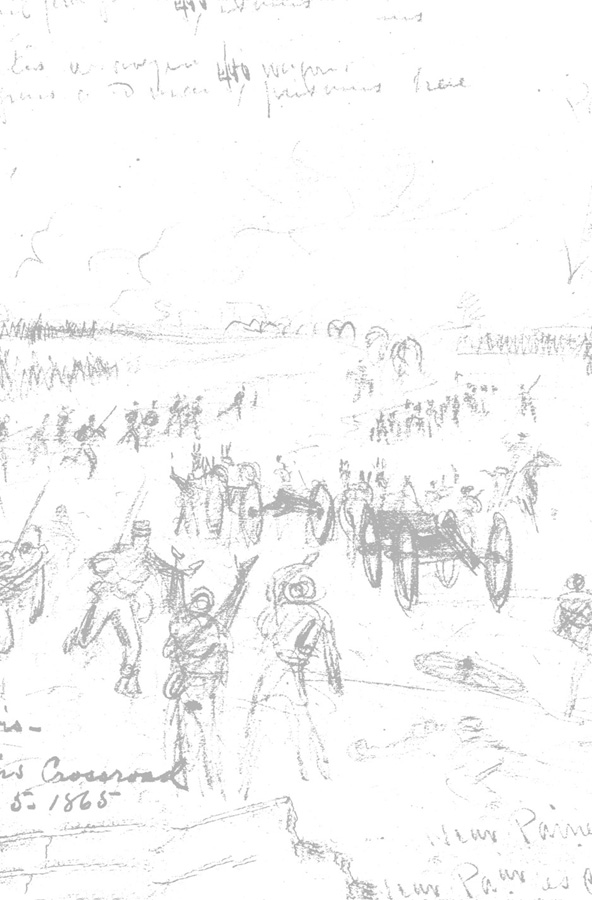
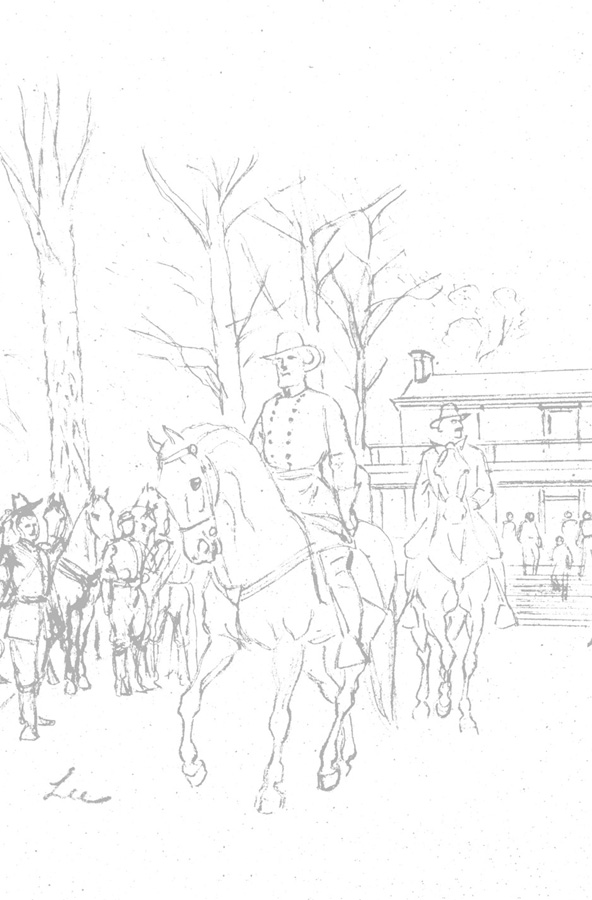
Introduction
At dawn on April 9, 1865, Lt. Col. David G. McIntosh pulled his battery of the South Carolina Pee Dee Light Artillery up the hill overlooking the village of Appomattox Court House and awaited orders. To the front, the firing was growing hotter as the Confederates pushed back Maj. Gen. Philip H. Sheridans troopers. The road to Lynchburg might soon be opened. But the sudden appearance of a Union column emerging from the woods on an elevated chain of hills surrounding the Army of Northern Virginia foretold a different outcome.
Observing a flag of truce passing along the lines, McIntosh considered his options. Should he stay with his command and accept whatever a surrender might bring? Or could he refuse to lay down his arms, to remain true to his country? It took only a moment to decide. He could not bear the thought of witnessing the spectacle of surrender. With no time to tell his men goodbye, McIntosh and seven of his comrades headed for a wooded ravine behind them, slipped away, and made their escape from the field.
Upon reaching the open country, they spurred their mounts on, galloping as fast as the weak animals could carry them. Yanking off their badges of rank and disguising their uniforms as much as possible, they passed through a swamp and up the steep slopes along the Appomattox River before leading their horses on foot for several miles to the southeast. Throughout the afternoon they trudged on, forcing a Black man they picked up to accompany them for safety. Finding a secluded spot, they decided to halt and wait for nightfall to cover their further progress. Then in the distance, they heard a salute of guns. Gen. Robert E. Lee had capitulated. The Army of Northern Virginia would be surrendered, but McIntosh and his comrades were not ready to quit.
At dusk they mounted their horses and rode in an easterly direction trying to avoid the Union campfires dotting the landscape. Exhausted and soaked, they approached a home in the early morning hours and began beating on the door. When an older African American woman answered, they demanded directions to Pamplins Station. She pointed back toward the road from which they had just ridden. Frustrated, they asked who lived on the premises. Colonel Cheatham, she replied. Assuming that they were in Confederate territory, they ordered her to wake him. But when the colonel came to the door wearing a blue uniform blouse, the fugitive Confederates realized the woman had betrayed them. Thinking fast, McIntosh and his comrades introduced themselves as Union general Philip Sheridans scouts in search of their camp. The weary colonel gestured toward the campfires in the distance, then bid them goodnight and headed back to bed.
With daylight approaching, and still passing themselves off as Sheridans scouts, McIntosh and his comrades pushed on through the rain, bribing another Black man to pilot them past the lines of the Union Fifth Corps before arriving safely along the banks of the Staunton River on the afternoon of April 10. If this pace continued, they would reach Gen. Joseph E. Johnstons army in North Carolina in short time and pick up their arms once more. As it was for so many others in Lees Army of Northern Virginia, their war had not ended at Appomattox.
Conventional wisdom has long held that the surrender at Appomattox served as the final act of the Civil War, as the moment that helped forge a smooth transition from war to peace. If Appomattox was not the closing scene of the war, then it has fit into a series of final acts, including the assassination of Lincoln on April 14 and the Grand Review of the Union armies in late May. Each event seemed to flow inevitably into the next, each reflecting a certainty that the massive bloodletting of war would soon be coming to an end.




